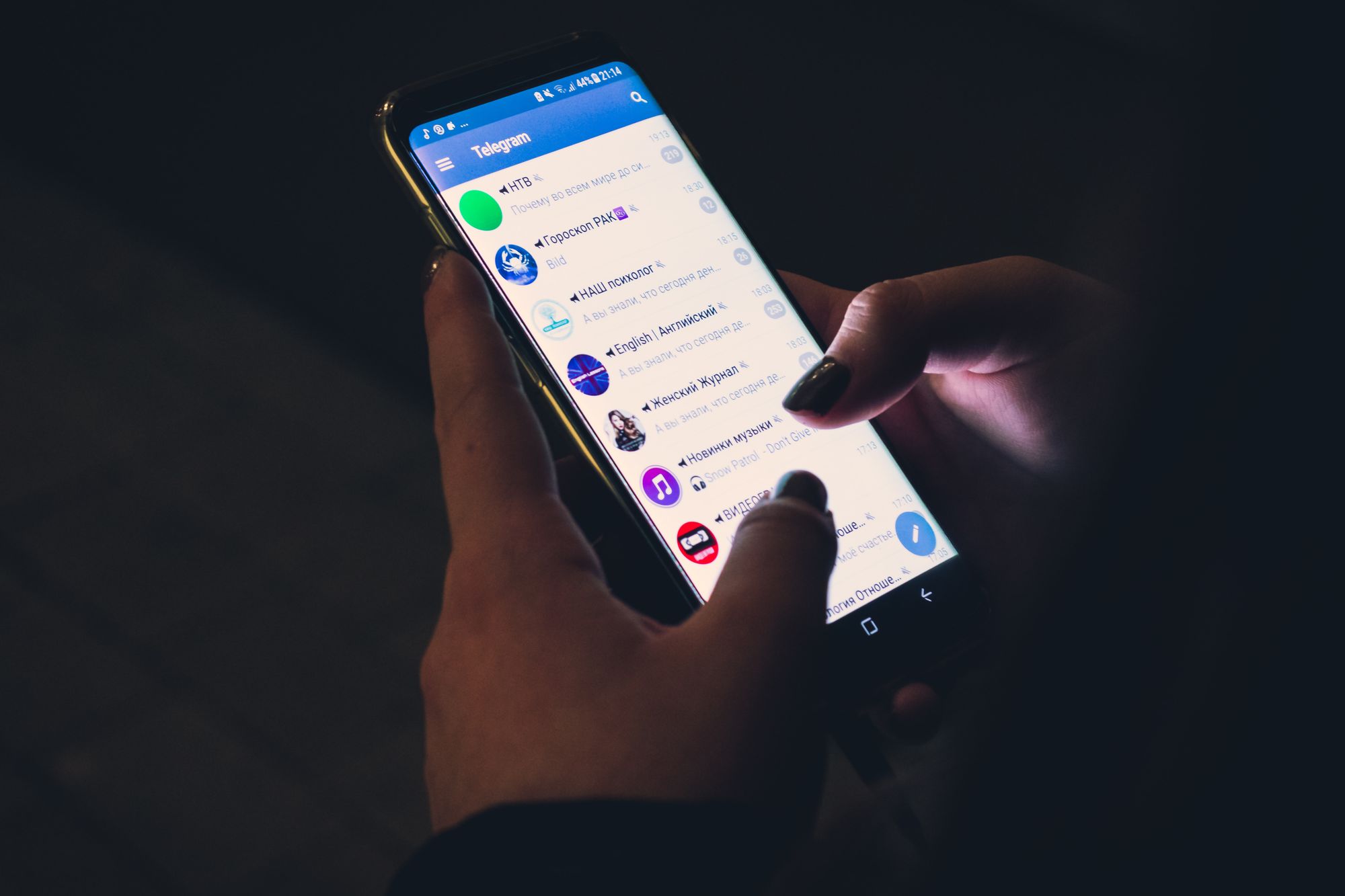As businesses increasingly turn to digital platforms to reach their target audience, messaging apps have become a popular choice for communication, engagement, and even monetization. Among these apps, Telegram has emerged as a leading contender, providing a robust ecosystem for businesses to thrive. However, a critical decision that companies face when utilizing Telegram is selecting a Group or a Channel for their operations.
In this article, we’ll delve into the question of which option–Group or Channel–is better suited for your Telegram business. We will explore the unique features, advantages, and drawbacks associated with each approach, equipping you with the knowledge needed to make an informed decision. Furthermore, we will dive into the realm of monetization, uncovering strategies and techniques to generate revenue from your Telegram community.
Throughout this article, we’ll touch upon essential aspects such as how to monetize your Telegram presence, how to leverage subscription-based models and the role of InviteMember in maximizing your monetization potential. By the end, you will have a comprehensive understanding of the factors to consider when choosing between a Group and a Channel for your Telegram business, as well as actionable insights to monetize your digital venture effectively.
Whether you are a seasoned entrepreneur seeking to expand your digital footprint or an aspiring content creator looking to monetize your passions, this article will provide valuable guidance to help you navigate the intricacies of Telegram and optimize your business strategy. Let's embark on this exploration of Telegram Groups, Channels, and the world of monetization possibilities.

Understanding Telegram Groups
Telegram Groups serve as dynamic spaces where members can engage in discussions, share ideas, and connect with like-minded individuals. Understanding the features and dynamics of Telegram Groups is essential when considering them for your business.
Definition and Features of Telegram Groups
Telegram Groups are communities within the Telegram platform where members can join, participate in conversations, and share content. These groups can range from small gatherings to large communities encompassing thousands of members. Key features of Telegram Groups include:
Membership and Joining: Groups can be public, allowing anyone to join with a simple link, or private, requiring approval or invitation from an administrator. Membership is open, allowing members to leave or be removed at any time.
For private groups, InviteMember, a platform specializing in subscription-based monetization, offers businesses the tools they need to effectively manage and automate subscriptions within their Telegram Groups and Channels alike.
Communication and Interaction: Group members can exchange messages, share multimedia content, and engage in discussions with each other. Various media formats, including text, images, videos, documents, and voice messages, can be shared within the group.
Telegram groups can also include Topics, which function as individual chats within the group that can focus on specific subjects. These Topics help with organization for large groups and also encourage more streamlined communication.
Moderation and Administration: Group administrators have the authority to manage and moderate the group, controlling membership, enforcing rules, and ensuring a positive environment for members.
Pros and Cons of Using Telegram Groups for Business
Depending on your business, the following pros and cons should be considered before deciding to commit to using a Telegram Group:
Interactivity and Engagement with Group Members:
Pros:
- Facilitates direct interaction, fostering a sense of community and engagement.
- Enables discussions, feedback, and collaborative exchanges among members.
- Supports building relationships and establishing a loyal following.
Cons:
- Managing large groups can be challenging, requiring effective moderation and administration.
- Increased activity can make it difficult for important information to stand out.
- Some members may prefer passive consumption over active engagement.
Limitations on Efficiency and Scalability:
Pros:
- Provides a platform for personalized communication and targeted messaging.
- Allows for more intimate and focused interactions.
- Suited for businesses that prioritize direct and interactive communication.
Cons:
- Communicating with a large number of members can be time-consuming and inefficient.
- Scaling the group beyond a certain point may lead to challenges in maintaining quality engagement.
- Limited control over the visibility and reach of content compared to Telegram Channels.
Telegram Groups offer a vibrant and interactive environment for businesses to engage with their audience. By leveraging the unique features of Groups and implementing effective monetization strategies, businesses can create valuable revenue streams and cultivate a loyal community of members.

Exploring Telegram Channels
Telegram Channels provide a powerful broadcasting platform where businesses can disseminate information, updates, and valuable content to a large audience. Understanding the dynamics and possibilities of Telegram Channels is essential for companies considering this option.
Definition and Features of Telegram Channels
Telegram Channels are one-way communication platforms that allow businesses to broadcast messages to a large number of subscribers. Unlike Groups, Channels focus on delivering information and content to members without enabling interactive discussions. Key features of Telegram Channels include:
Broadcasting: Channel administrators can send messages to subscribers, reaching them instantly in their chat list. Messages can include text, media files, links, and other formats.
Subscribers and Joining: Channels have subscribers who receive the broadcasted messages. Subscribers can join public channels directly or be added by administrators. Channels can also be private, requiring an invitation or approval for joining.
Unidirectional Communication: Unlike Groups, Channels do not support two-way communication between administrators and subscribers. Members can only view and consume the broadcasted content.
Advantages and Disadvantages of Using Telegram Channels for Business
While Telegram Channels provide a wide array of features, they have a number of pros and cons that you should consider:
One-Way Communication and Broadcasting Capabilities:
Pros:
- Allows for efficient dissemination of information to a large number of subscribers.
- Messages appear directly in subscribers' chat lists, increasing visibility and engagement.
- Suitable for businesses focused on sharing news, updates, announcements, or multimedia content.
Cons:
- A lack of interactive discussions may lead to reduced community engagement.
- Difficulty in gathering feedback or facilitating direct conversations with subscribers.
- Channel content may be perceived as impersonal or less engaging compared to Groups.
Difficulty in Fostering Community Engagement:
Pros:
- Enables businesses to build a substantial following and reach a broader audience.
- Well-suited for businesses that prioritize broadcasting content and information.
- Offers an opportunity to establish thought leadership and brand authority.
Cons:
- Limited interactivity hampers community building and direct member engagement.
- Difficulty in fostering a sense of community and personal connection with subscribers.
- Lack of feedback and real-time conversations may make it challenging to gauge audience interests and preferences.
Telegram Channels provide businesses with a streamlined platform for broadcasting information and content to a broad audience. While they may lack the interactive nature of Groups, Channels offer unique opportunities for efficient communication and targeted content delivery.
By exploring various monetization options and leveraging the strengths of Channels, businesses can generate revenue and establish a strong presence on Telegram. For businesses considering Telegram Channels for monetization, integrating InviteMember can be a game-changer, providing the necessary features to implement a subscription-based model and deliver exclusive content to subscribers.

Comparing Groups and Channels for Business
When deciding between Telegram Groups and Channels for your business, it's crucial to compare their features, advantages, and limitations. Understanding the differences will help you choose the option that aligns best with your business goals and target audience.
Interactivity and Engagement
Groups:
- Offer direct interaction and foster a sense of community among members.
- Enable discussions, feedback, and collaborative exchanges.
- Ideal for businesses prioritizing active engagement and relationship-building.
Channels:
- Focus on one-way communication, primarily broadcasting content to subscribers.
- Do not support interactive discussions or real-time conversations.
- Suited for businesses prioritizing efficient information dissemination and wide reach.
Reach and Visibility
Groups:
- Reach is limited to group members and those they invite to join.
- Content visibility is higher within the group but may be overshadowed by active discussions.
- Well-suited for businesses focusing on fostering a loyal community and maintaining a more intimate environment.
Channels:
- Have the potential to reach a broader audience as messages appear in subscribers' chat lists.
- Higher visibility due to direct message delivery to subscribers.
- Suitable for businesses aiming to reach a large audience and establish a strong online presence.
Moderation and Control
Groups:
- Administrators have more control over membership, discussions, and content moderation.
- Can enforce rules and ensure a positive environment within the group.
- Suitable for businesses requiring more control and active moderation.
Channels:
- Provide limited control over subscriber interactions and discussions.
- Moderation options are minimal, and administrators have less control over content engagement.
- Ideal for businesses that prioritize broadcasting information rather than active moderation.
Monetization Opportunities
Groups:
- Offer opportunities for monetization through exclusive content or services.
- Can implement subscription-based models, providing premium access to members.
- Well-suited for businesses focusing on personalized offerings and direct interaction.
Channels:
- Provide opportunities for monetization through sponsored content or advertisements.
- Allow for direct selling of digital products or services to subscribers.
- Ideal for businesses focusing on broadcasting information and reaching a wider audience.
Hybrid Approach
Businesses can combine the strengths of Groups and Channels by maintaining both simultaneously, using a Channel for broadcasting important updates and valuable content while having a Group for fostering engagement and community-building.
This hybrid approach can offer a balance between wide reach and interactive engagement.
When choosing between Groups and Channels for your Telegram business, consider factors such as your desired level of interactivity, target audience, content type, and monetization goals.
You can also experiment with a hybrid approach to leverage the benefits of both options. Ultimately, selecting the most suitable option will help you maximize the potential of Telegram for your business and drive success in your monetization efforts.
Conclusion
In conclusion, the choice between a Telegram Group or Channel for your business depends on various factors, including your goals, target audience, and preferred communication style. Both options offer unique advantages and challenges that should be carefully considered when deciding.
Telegram Groups provide a platform for interactive engagement, fostering a sense of community among members. They are well-suited for businesses that prioritize direct interaction, feedback, and collaboration with their audience. On the other hand, Telegram Channels excel in broadcasting information to a large audience, making them ideal for businesses that primarily aim to disseminate content and reach a wide range of users. Channels are suitable for businesses that prioritize efficient communication and one-way broadcasting.
Businesses can also adopt a hybrid approach, combining the strengths of both Groups and Channels to achieve maximum impact. This can involve using a Channel for broadcasting essential updates and valuable content while maintaining a Group for fostering engagement and building a loyal community. When monetizing using InviteMember, both the Group and Channel can be connected as resources for any subscription.
Regardless of the chosen approach, successful monetization on Telegram requires creating compelling and valuable content, utilizing exclusive offers and rewards, growing your community through effective marketing, analyzing data to refine strategies, and staying updated with Telegram's latest features and policies.
If you’re just getting started with your subscription-based business, here’s everything you need to know to get started. And, if you're serious about monetization, here’s the guide to getting started with InviteMember.

